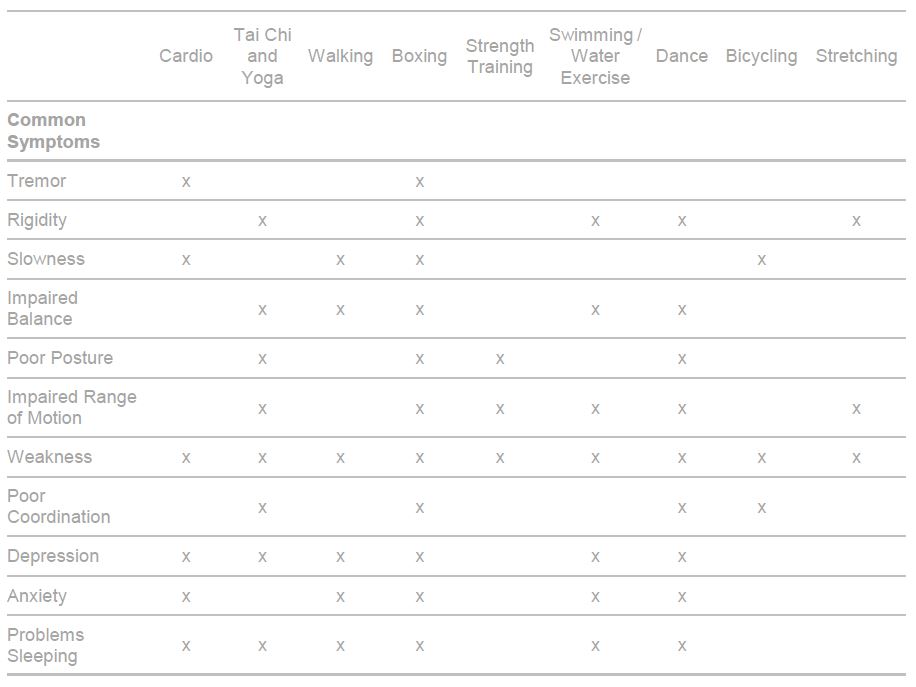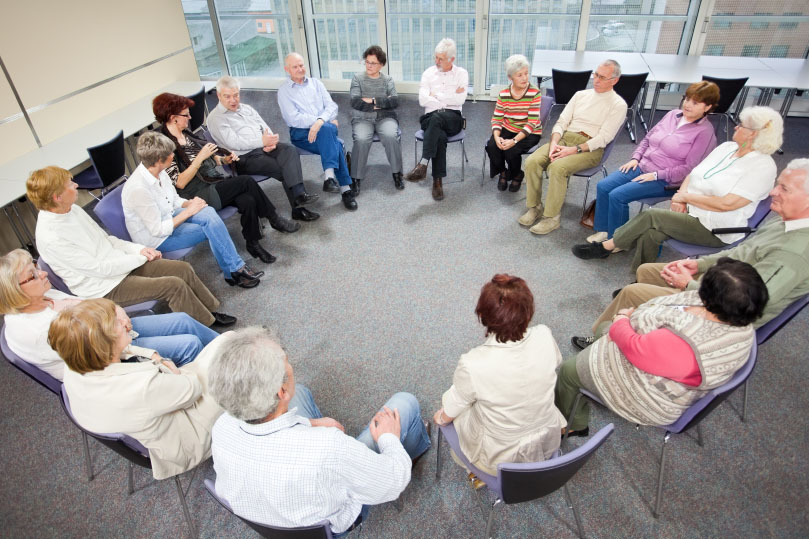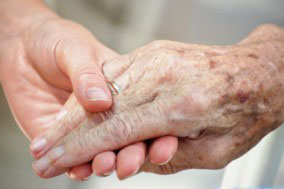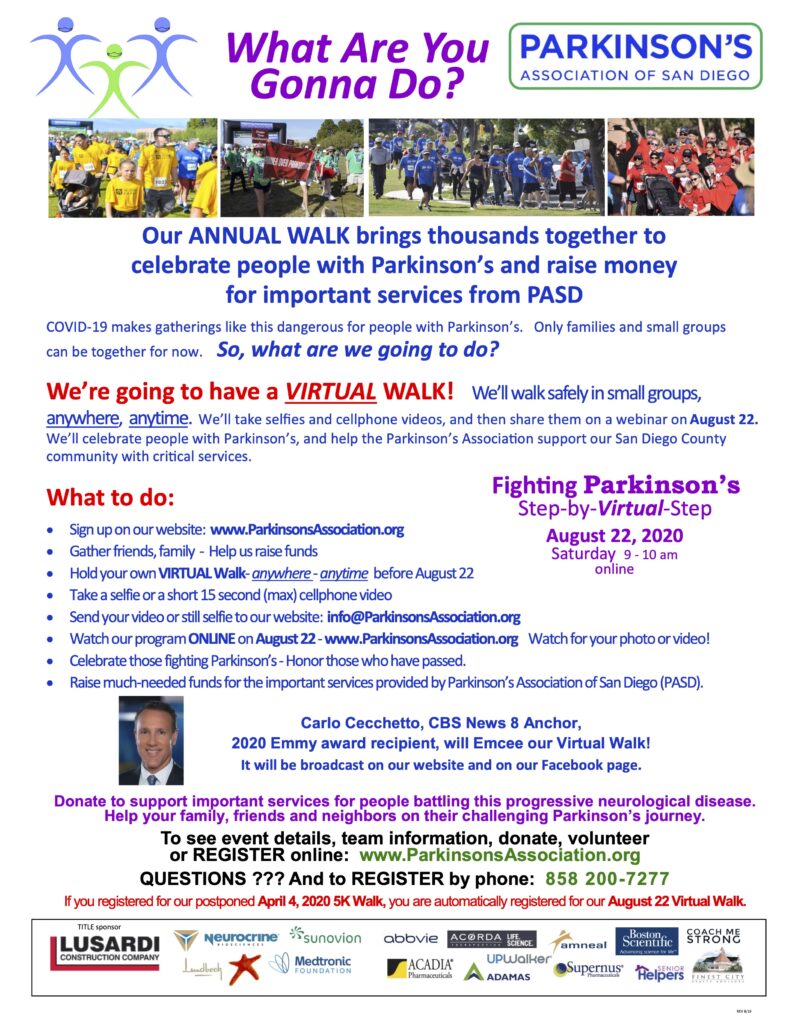Exercise
According to the National Institutes of Health:
“Incorporating an exercise program can improve activities of daily living and potentially delay the progression of Parkinson’s disease in meaningful ways”.
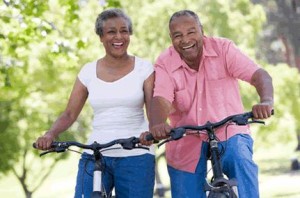
Exercise
According to the National Institutes of Health:
“Incorporating an exercise program can improve activities of daily living and potentially delay the progression of Parkinson’s disease in meaningful ways“.
Whether or not you have Parkinson’s disease, exercise improves cardiovascular health, bone density, range of motion, mood and alertness, increases lean body tissue, and helps you sleep better. But if you do have Parkinson’s, research has shown that exercise can also improve gait, balance, tremor, flexibility, grip strength and motor coordination!
It is undeniable that an effective exercise program can make huge differences in the way you feel and the way experience life with Parkinson’s disease.
Recent studies have shown that forced exercise is as effective at easing Parkinson’s symptoms as Levodopa. Studies have also shown that exercise may enhance the effectiveness of the medication you are taking to manage your Parkinson’s disease.
So get moving!
But which exercises are best? Swimming, yoga, power walking, tai chi, dance, running, boxing?
Follow below guidelines:
Resources:
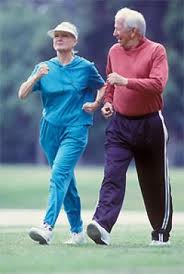
Cardiovascular Exercise
“Cardio” is a must.
Do something that gets your heart pumping. The goal of is to raise your heart rate and keep it there for a sustained period. For people with Parkinson’s, the more strenuous the exercise, the better. The most important consideration in selecting a type of cardiovascular exercise is finding something you enjoy so you will keep doing it, and doing it – vigorously – at least 3-4 times per week. If you’re a beginner, start with 5-15 minutes, building up to at least 40 minutes of strenuous cardio exercise per session.
IMPORTANT: After completing your 40 minutes of vigorous cardio exercise, continue the same exercise but at a progressively slower pace for up to 5 minutes (“cool down”). Be sure to move all of the muscles you just worked, but slowly and through their full range of motion. Cool-down brings your heart rate down gradually and prevents your muscles from becoming stiff. If you feel exhausted and want to fall asleep immediately after exercise, then you are not cooling down slowly enough.
Examples of cardiovascular exercise are power-walking, calisthenics, Rock Steady boxing, marching in place, bicycling, riding an elliptical machine, dancing, and swimming. Perform these exercises vigorously! Walking out to the car or strolling through the mall do not cut it.
Resources:
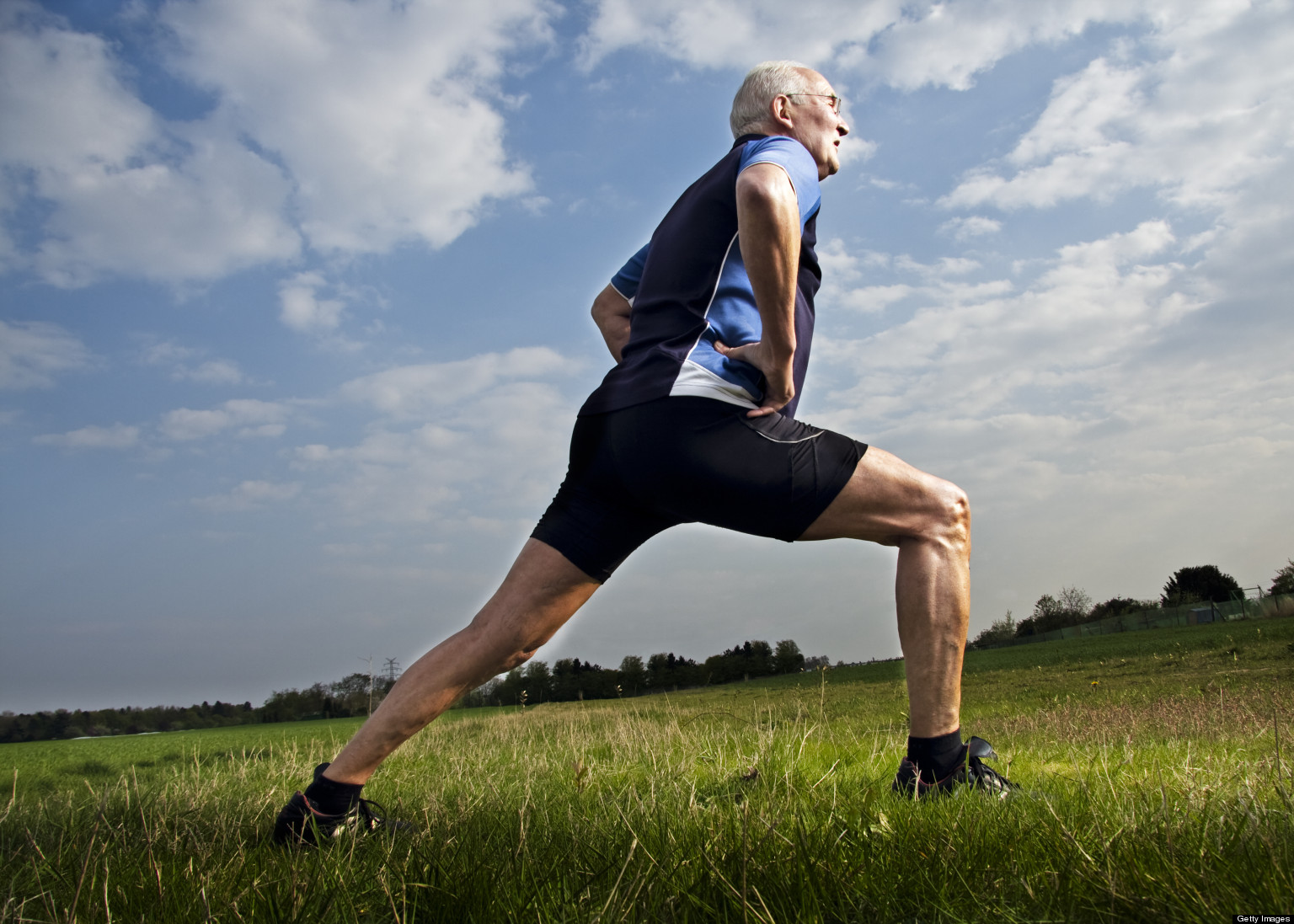
Stretching
Stretching helps keep your joints lubricated and loose and may reduce inflammation and muscle spasms. Spend 10 minutes a few times a day stretching out your muscles and you will notice a huge difference in your range of motion and flexibility! Stretching helps keep your joints lubricated and loose so they move normally, and it can reduce inflammation and muscle spasms.
The muscles that tend to become tight in people with Parkinson’s disease are those that bend and rotate the joints. Focus on stretching your neck, shoulders, elbows, front of wrists, palms, chest, hamstrings, knees, calves, and low back.
- Hold each stretch for 10-30 seconds.
- Remain motionless while holding your stretch, and do not stretch to the point of pain –
- It should just feel like a gentle pull.
- Perform 3-4 repetitions of each stretch.
Choose activities that can improve BALANCE, RANGE OF MOTION and POSTURE.
- Walking – promotes coordination and balance, reduces inflammation in the joints, decreases muscle spasms and tremors, diminishes stress
- Yoga/tai chi – increases flexibility and balance, improves mood
- Dance – maintains muscle strength and flexibility, helps with coordination and range of motion
- Strength-training – enhances motor function, posture and overall body strength (a trainer who is knowledgeable about Parkinson’s can be a huge asset)
- Water exercise – reduces inflammation in the joints and muscles to improve range of motion; a safe choice if you find you are having a hard time staying balanced for long, as the water’s buoyancy makes it difficult to injure yourself.
Resources:
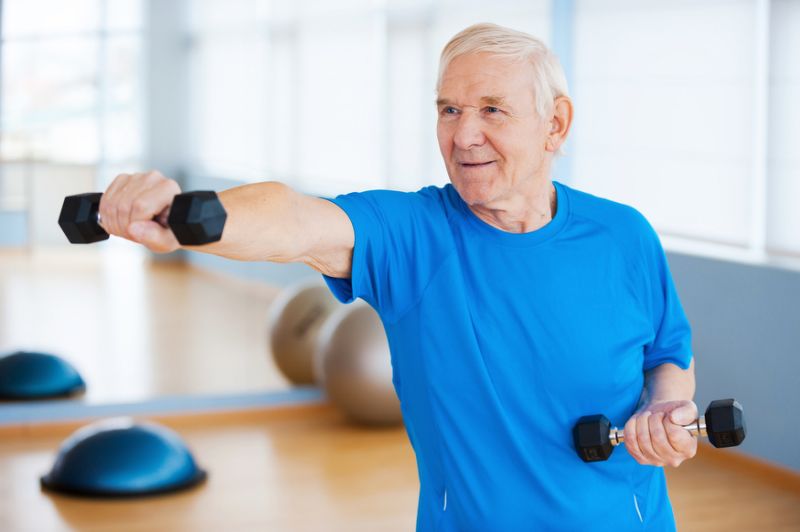
Exercise
Parkinson’s disease symptoms vary from person to person. When selecting exercises, choose ones that ease the symptoms that are complicating your life.
For exercise facilities in San Diego that have programs for people with Parkinson’s, visit Support Groups Listings.
(Older Listings: Link)

